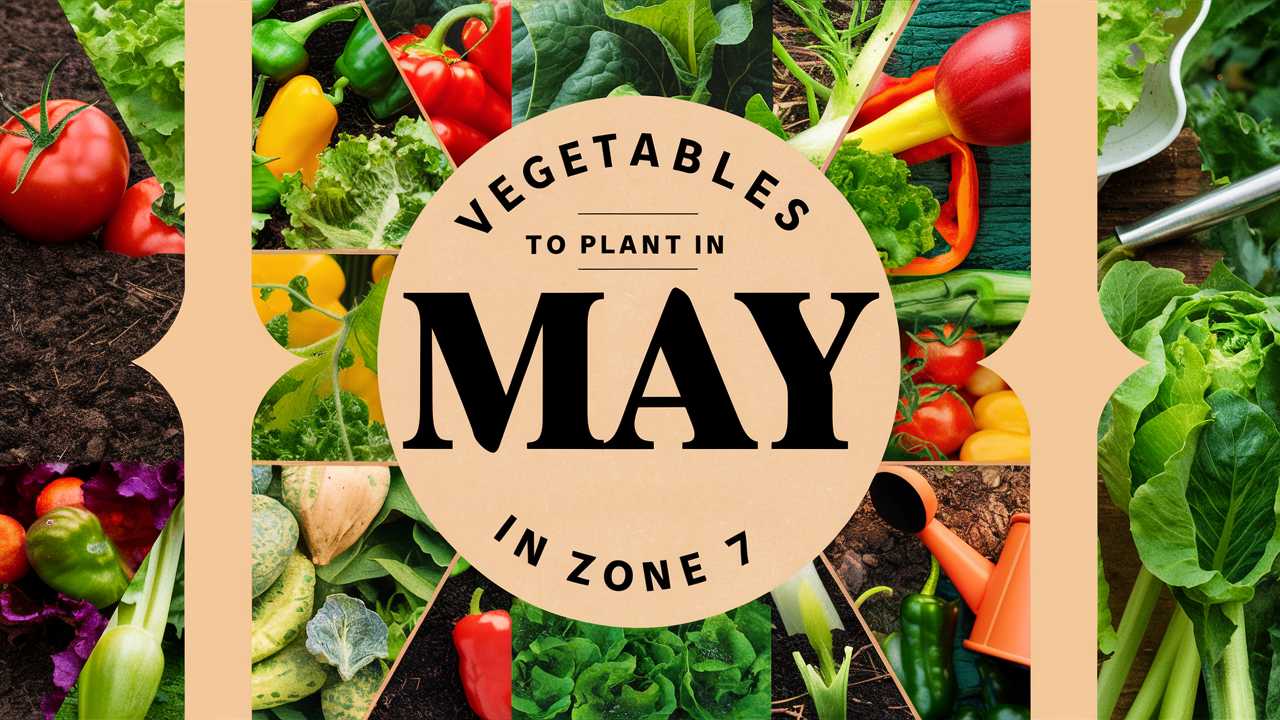When it comes to gardening, timing is everything. In USDA Hardiness Zone 7, the arrival of May signals the sweet spot for planting a wealth of vibrant and nourishing vegetables. In this guide, we’ll explore vegetables perfect for planting in May in Zone 7, complete with tips and compelling insights on their cultivation.
Tomatoes
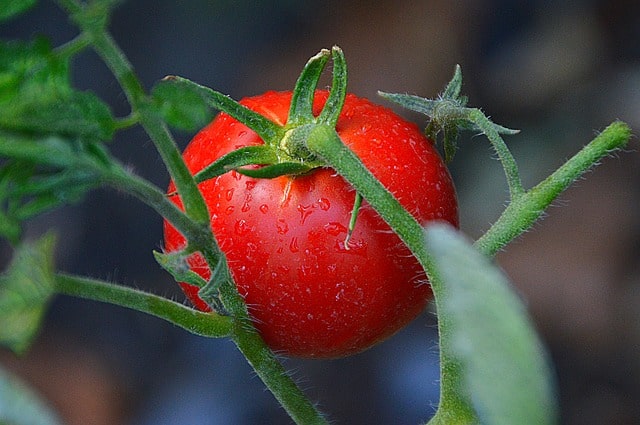
Nothing says summer like homegrown tomatoes. Tomatoes thrive in well-drained, nutrient-rich soil and require full sun—at least six to eight hours each day. In May, you can plant both seeds and young seedlings. Choose varieties suited to your taste, whether it’s big beefsteaks for sandwiches, sweet cherry tomatoes for snacking, or flavorful Roma tomatoes for sauces. Consider companion planting with basil to improve growth and enhance flavor while deterring pests. When watering, focus on the base of the plants to avoid wetting the leaves, which can trigger disease.
Peppers

Sweet bell peppers and hot peppers flourish when planted in May, preferring temperatures above 70°F. These colorful fruits need rich, well-drained soil and plenty of sunlight. You can start with seedlings obtained from a local nursery or sow seeds directly in the garden. Consider planting different varieties such as jalapeños for spice or shishitos for a sweet treat. Incorporating peat moss or compost will help maintain soil moisture and provide essential nutrients. Additionally, mulching can help retain soil temperature and suppress weeds.
Cucumbers
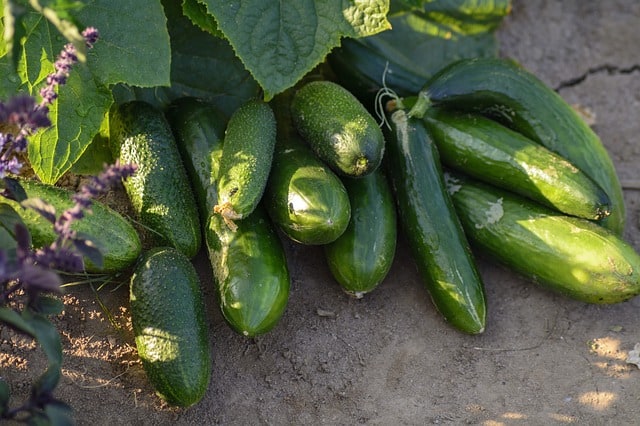
The crunch of fresh cucumbers is a delight in garden salads or sandwiches. This vining plant prefers warm soil and thrives in direct sunlight. Plant seeds directly in the garden once the soil reaches at least 70°F. Space seeds about 1-inch apart in rows and thin them as they grow to allow for ample air circulation. Give cucumbers trellises to climb, promoting better air circulation and easier harvesting. Consider starting them alongside sunflowers or corn to provide natural shade on hot days.
Zucchini
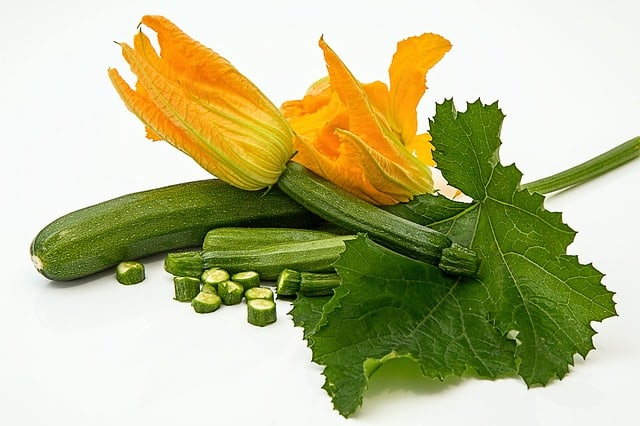
Zucchini is a prolific producer, making it perfect for garden novices. Plant seeds directly in the ground in May, aiming for areas with full sun. These plants require plenty of space as they tend to sprawl. Try growing a range of zucchini varieties, from traditional green to striped or yellow types. Be vigilant against squash bugs and cucumber beetles; inspecting plants regularly and utilizing row covers can help control pests. Remember to harvest zucchini when it’s small (around 6 to 8 inches) for the best flavor.
Squash
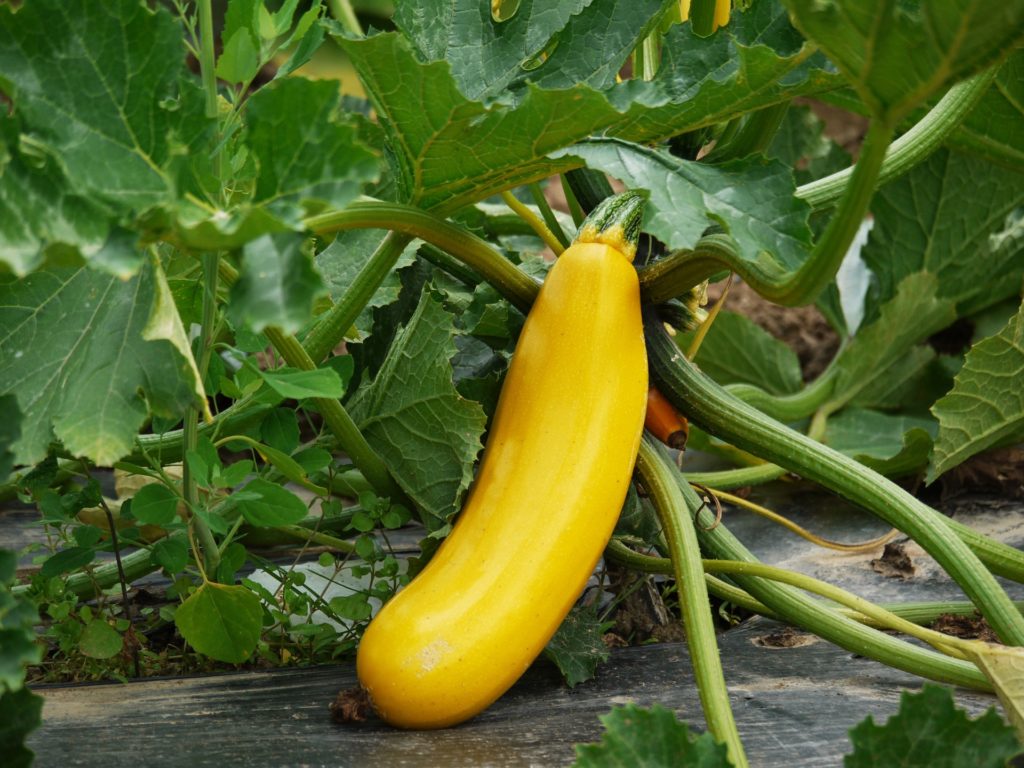
Summer squash, including varieties like yellow squash and pattypan, grows well when sown directly in the soil after the last frost. These plants thrive in warm weather and should be planted in rich soil with plenty of organic matter. Like zucchini, squash can become prolific producers, so if space is limited, consider growing them vertically on trellises. Regular harvesting will encourage continual production. Additionally, interplanting them with beans can assist in natural pest management as beans help deter squash pests.
Beans
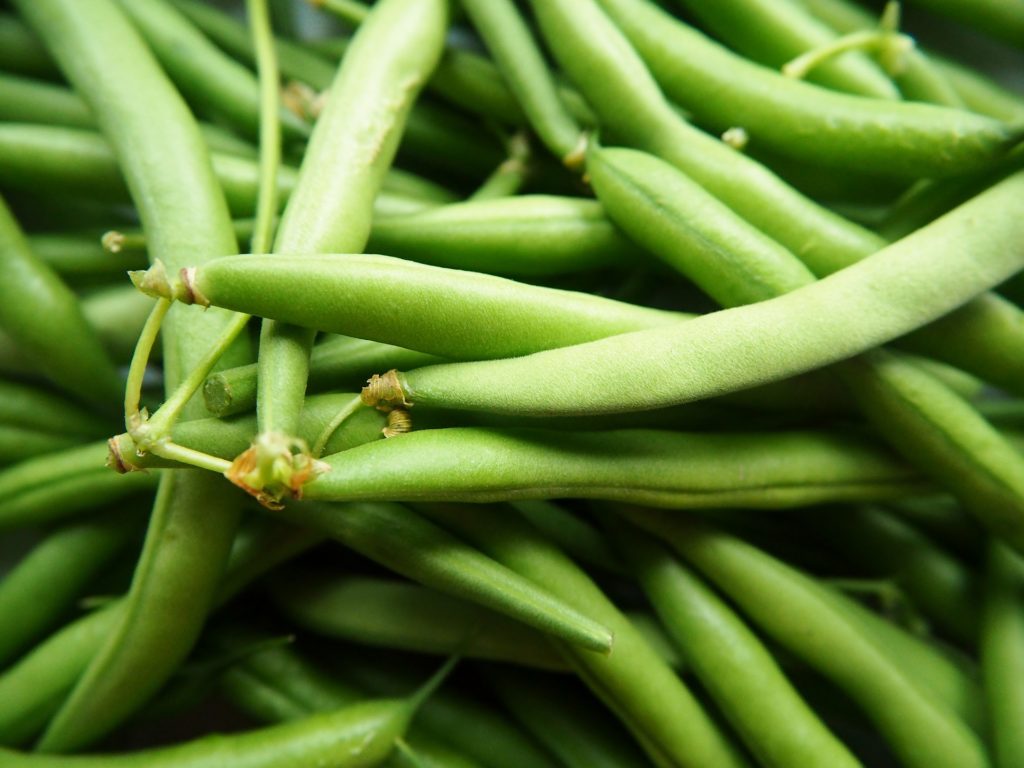
From bush beans to pole beans, May is prime time for planting beans. These legumes help fix nitrogen in the soil, which promotes healthy plant growth. If you’re short on space, opt for pole beans, which will need a trellis to climb. Plant bush beans in rows, ensuring adequate spacing for air circulation and ease of harvesting. Variety selections include green beans, heirloom types, and even colored varieties like purple or yellow beans. Be mindful of moisture levels; beans prefer consistently moist but well-draining soil to avoid rot.
Corn
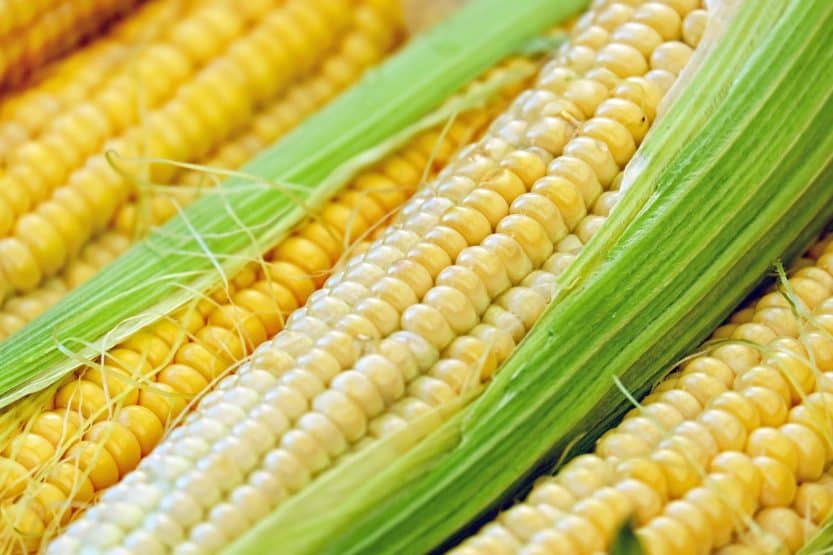
Sweet corn loves the warm weather of May. It’s best to plant corn in blocks rather than in long rows to aid in pollination, enhancing your chances for those sweet, juicy ears. Aim for planting in fertile, well-drained soil and ensure your corn gets six to eight hours of sunlight a day. Watering consistently during dry spells and ensuring the soil is a bit moist during the germination process is vital. Corn can attract various pests, so consider trapping or using insect barriers to protect your crops.
Carrots
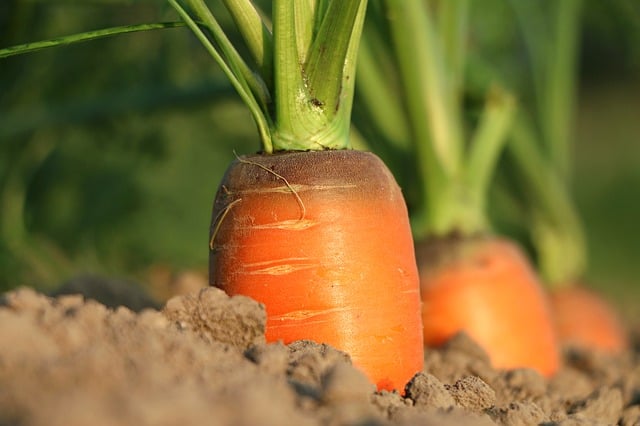
Carrots can be sown directly in the garden this month. To grow sweet, juicy roots, seeds should be planted in loose, sandy, and well-drained soil. Space the seeds about 2 inches apart and cover lightly with soil, as they require darkness to germinate. It’s essential to thin them out as they grow to prevent overcrowding, allowing each root sufficient space for growth. Regular watering is key, as carrots can become tough if the soil dries out. Additionally, using mulch can help retain moisture and suppress weeds.
Beets
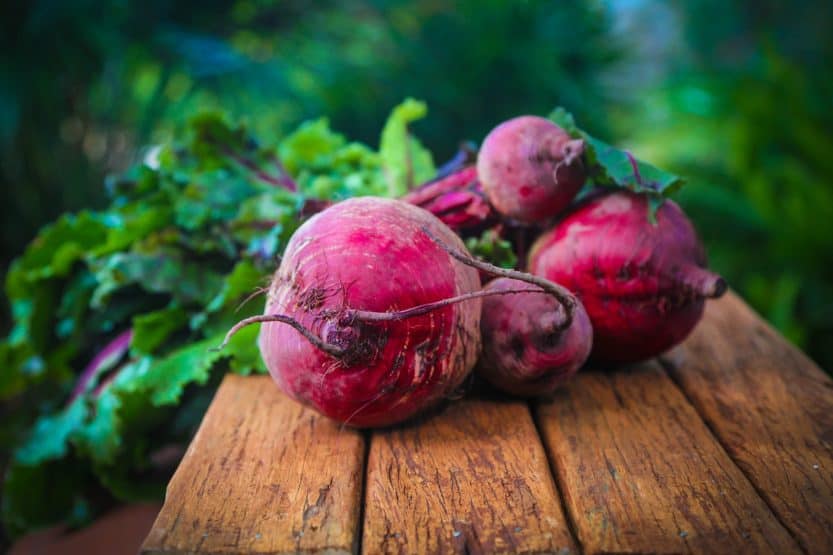
May is a suitable month for planting beets. They prefer well-drained, fertile soil and can handle some cooler temperatures, which is ideal for early summer. You can sow seeds directly in the garden, and they will germinate quickly. Beets can be spaced at least 3 inches apart, and you can harvest baby greens or let them mature for larger roots. They also tend to do well alongside onions and garlic, as these can deter pests. Regular watering is essential, but allow the top inches of soil to dry out between waterings to avoid rot.
Radishes
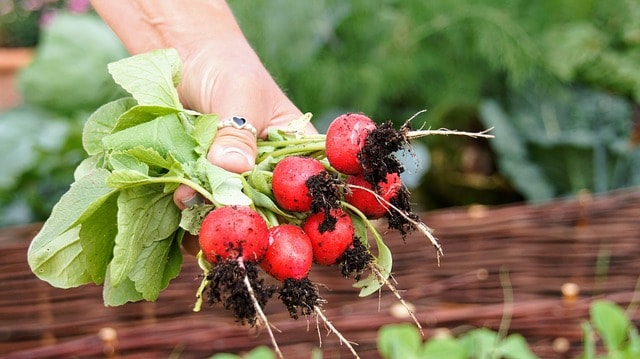
Radishes are one of the fastest vegetables to mature, making them perfect for early May planting. They thrive in cooler temperatures and generally germinate quickly—often in just a week—which means you can have crisp, flavorful radishes in just four weeks! You can direct seed them in well-drained soil with good sunlight and water regularly for consistent moisture. Consider trying different varieties for a range of flavors and colors. Additionally, planting radishes between slower-growing crops can help manage weeds and utilize garden space efficiently.
Lettuce
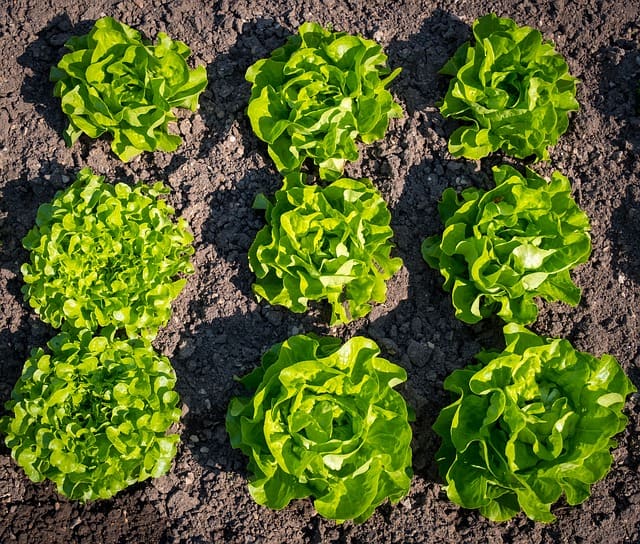
Lettuce varieties thrive in the cool mornings of May. Try planting a mix of leaf, romaine, and butterhead varieties to enjoy diverse textures and flavors in your salads. Lettuce prefers fertile, well-drained soil, and it’s essential to keep it consistently moist, especially as they can bolt if temperatures rise too quickly. Growing lettuce in partial shade can reduce the risk of bolting as well. Consider companion planting with radishes, which can help break the soil and provide shade to young lettuce seedlings.
Spinach
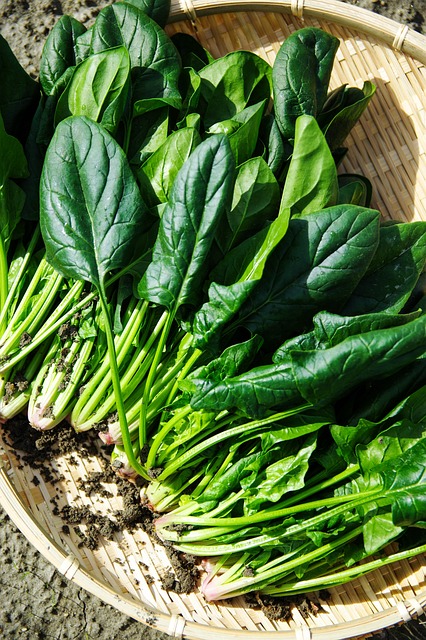
Spinach can still be direct-sown in May, especially early in the month. It prefers cooler soil, so ensure it’s watered well to promote a healthy growth cycle. Spinach is rich in nutrients and can be harvested as baby greens for salads or left to mature for larger leaves. Consider interplanting with other greens like lettuce or kale to maximize your garden space. To prevent leaf spot diseases, be sure to space plants adequately to ensure good air circulation.
Kale
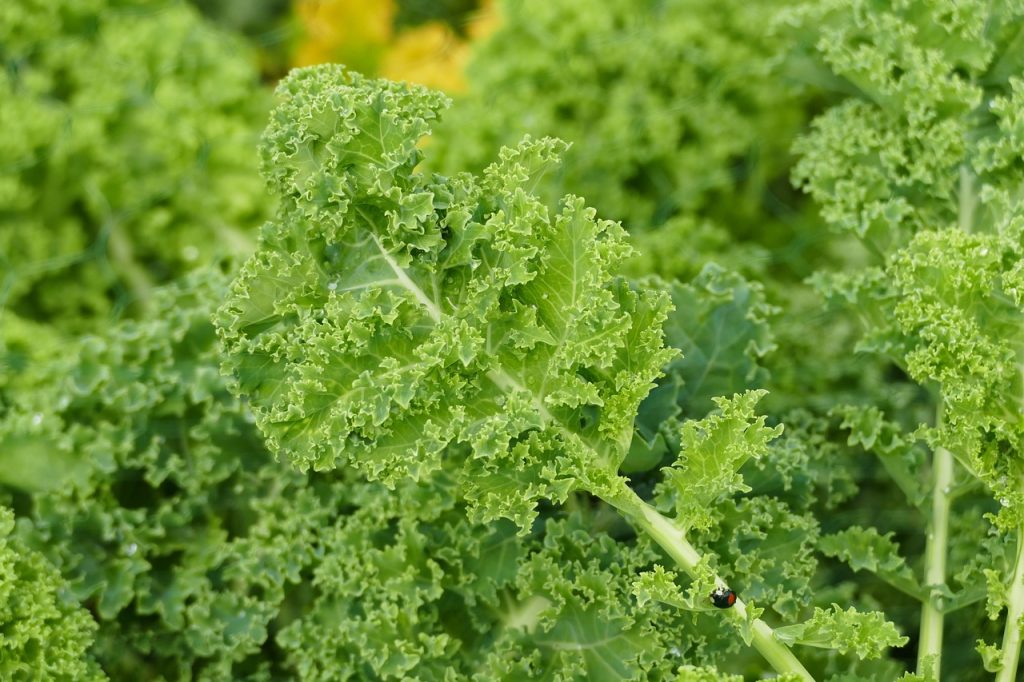
Kale is a hearty green that does remarkably well when planted in May. Packed with vitamins and minerals, this superfood is also incredibly versatile. After planting, mulch around the plants to retain moisture and keep the soil temperature cool. Kale can be harvested continuously by picking outer leaves, allowing inner leaves to mature. Additionally, kale’s strong flavor pairs well with various dishes, making it a favorite among cooks. Some varieties, such as Lacinato or Russian Red, offer unique appearances and flavors, enriching your culinary options.
Swiss Chard
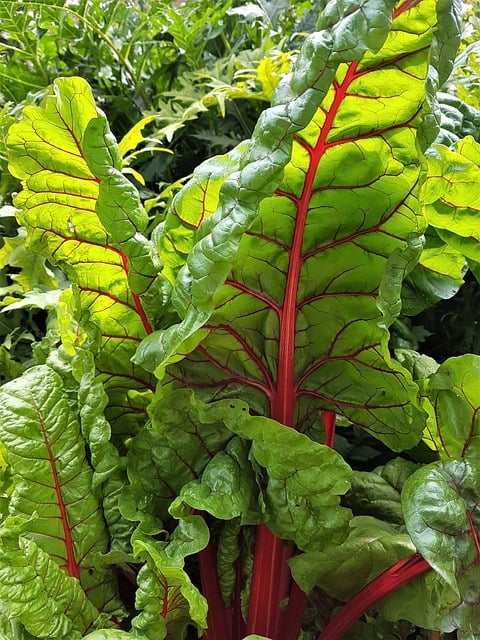
Rich in vitamins and minerals, Swiss chard is another fantastic leafy green to cultivate. Plant seeds directly in the soil in May, keeping them spaced about 6 inches apart. Swiss chard is a cut-and-come-again crop, meaning you can harvest the outer leaves continuously while allowing new ones to grow. The vibrant leaves can be sautéed, added to salads, or blended in smoothies. Swiss chard tolerates less-than-ideal soils, but they thrive when enriched with organic matter. It can also tolerate light frost, making it suitable for extended harvest periods.
Pumpkins
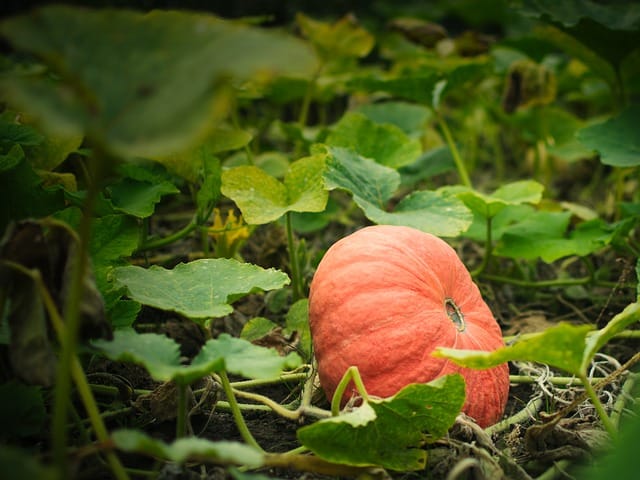
If you dream of pies or jack-o’-lanterns, May is the time to plant pumpkins. These sprawling vines need ample space and sunlight to develop properly. Plant seeds directly in the soil after the last frost, ensuring they are spaced adequately to support their growth. Consider planting different pumpkin varieties to diversify your harvest, from decorative gourds to edible sugar pumpkins. Since pumpkins are susceptible to pests, particularly squash bugs, employing row covers early in the season can help keep them safe.
Cucamelons
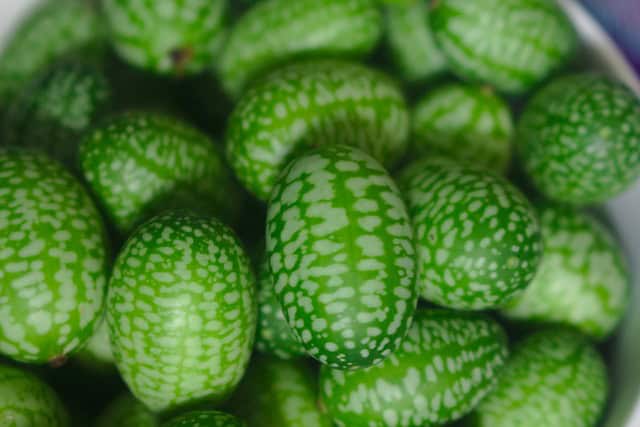
These tiny, grape-sized melons pack a punch in flavor. Cucamelons prefer a warm environment, making May the perfect month for sowing seeds directly into the soil. They can grow in various conditions but flourish best in well-drained soil with ample sunlight. Plant them near a trellis to train their climbing vines. Cucamelons are gathered throughout the summer, and their versatility shines in savory dishes, salads, or as a unique addition to drinks.
Okra
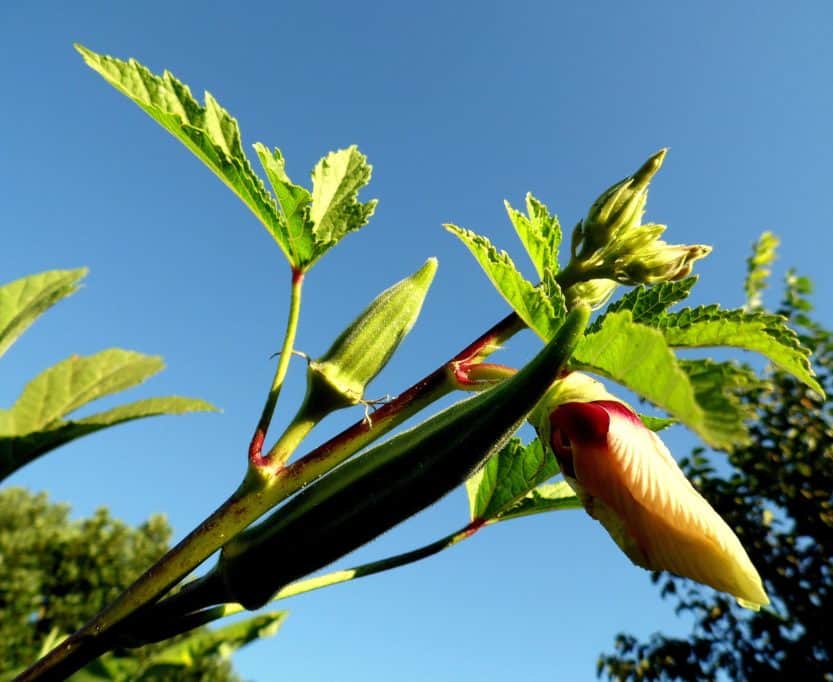
For warmer climates, okra flourishes in the heat. Plant in May for a summer harvest, as they thrive on hot days. This vegetable requires plenty of sunlight and well-drained soil enriched with organic matter. Okra usually begins to produce pods around two months after planting. Regular harvesting—picking pods when they’re small and tender—encourages more growth. Additionally, you can use okra in soups, stews, or fried dishes, adding unique texture and flavor.
Fennel
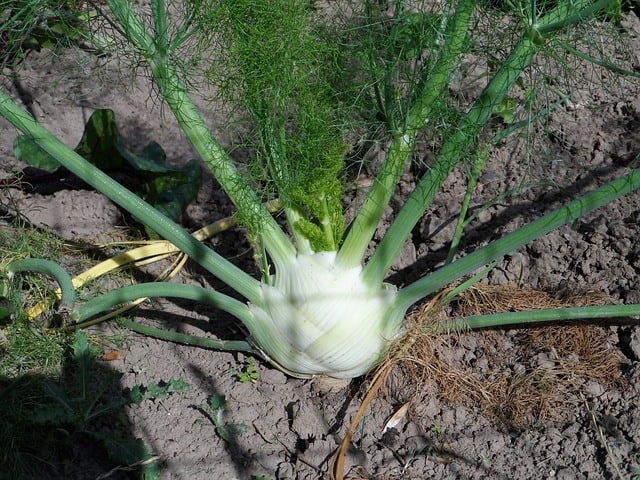
Fennel is a wonderful, aromatic vegetable that can be directly sown in May. It prefers well-drained soil and plenty of sunlight. The bulb forms underground while the fronds grow above, making it visually appealing in the garden. Be careful when spacing these plants, as they need ample room to expand. You can utilize fennel in salads or as a seasoning in various dishes. Fennel can also attract beneficial insects that help pollinate other crops, enhancing your garden’s biodiversity.
Cabbage
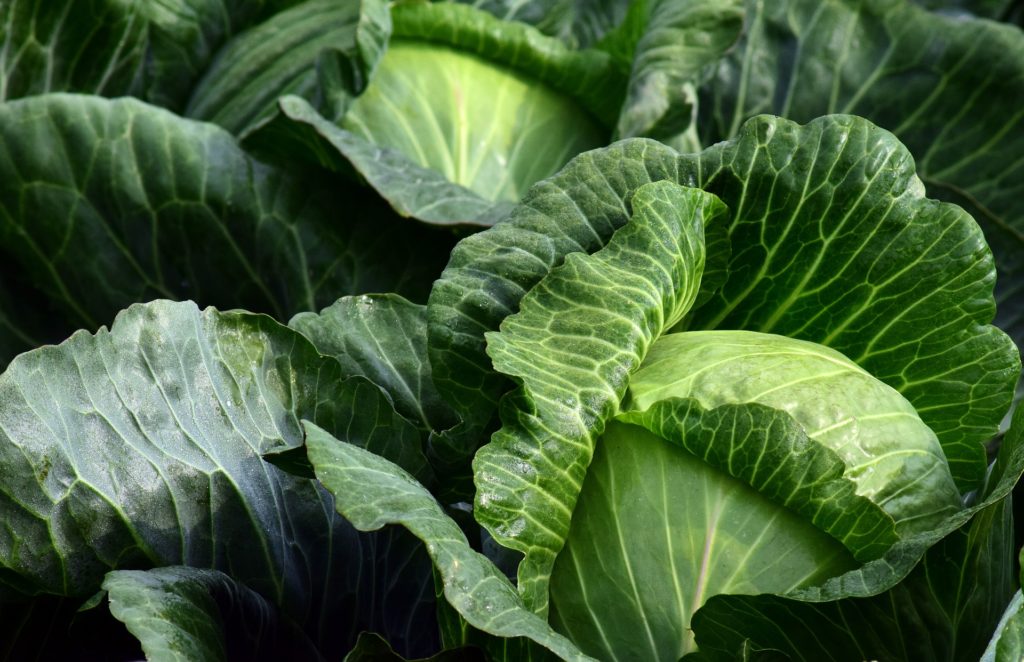
Late varieties of cabbage can still be sown in May. This nutritious vegetable thrives in fertile soil that retains moisture. When planting, ensure sufficient space for each plant to develop; a spacing of 12 to 18 inches works well. Cabbage benefits from regular watering during dry periods and can be enhanced with organic fertilizers. Try different varieties, such as savoy or Napa, in your garden. Cabbage can also be susceptible to pests, so using floating row covers early in the season can protect against cabbage worms.
Broccoli
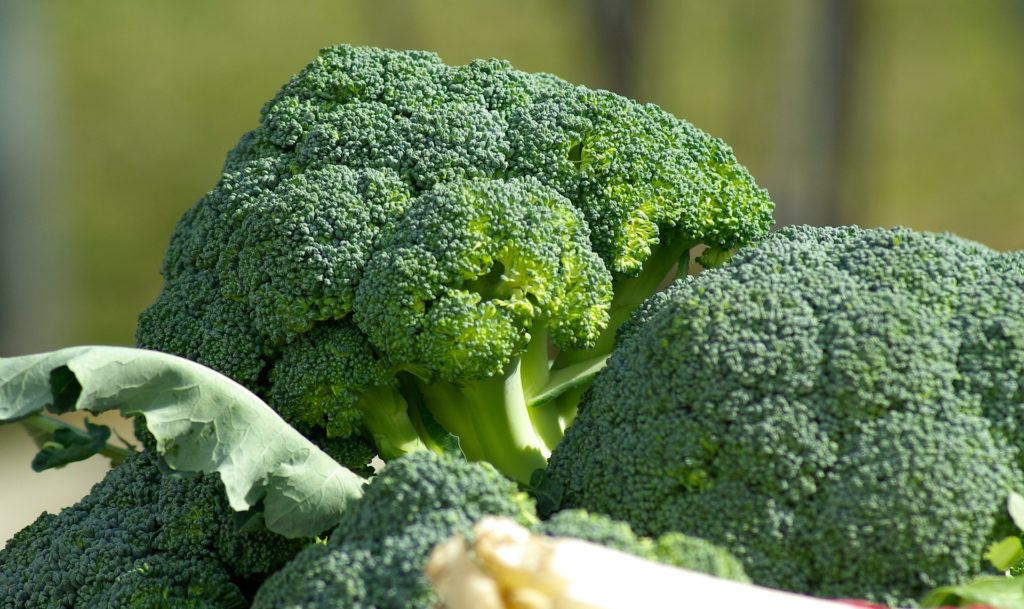
May is an ideal time for transplanting broccoli seedlings. This nutrient-dense crop loves full sun and moist, rich soil with plenty of organic matter. Plant seedlings with around 18 inches of space for mature heads. Regular watering is key, especially during dry spells; broccoli prefers consistent moisture. You can also stagger plantings for a continuous harvest. Keeping weeds down around your broccoli helps reduce competition for nutrients. Additionally, companion planting with herbs like rosemary or sage can deter pests.
Cauliflower
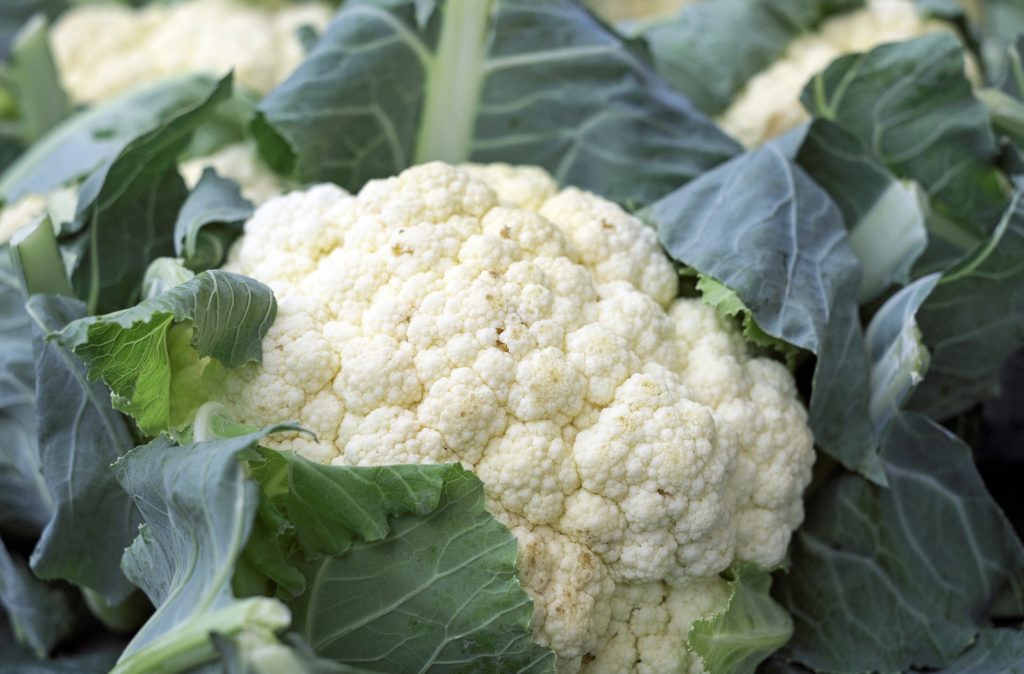
Similarly, cauliflower benefits from late spring planting. This cool-weather crop demands rich, well-drained soil and plenty of consistent moisture. When planting, give each plant ample spacing to promote healthy development. Cauliflower needs a cooler environment during its growing cycle, so consider providing shade if temperatures rise. Regular harvesting can yield individual florets, or you may leave them grow to maturity for a head. Like broccoli, using floating row covers can protect against pests and promote healthy growth.
Celery

Celery requires a bit of attention but can yield delicious stalks. Start seedlings indoors for best results, then transplant them in May for a summer harvest. Celery prefers rich, consistently moist soil; incorporating organic compost can enhance nutrient levels. Space seedlings at least 6 inches apart to allow for adequate growth. Regular watering is crucial throughout the growing season, and opt for companion planting with tomatoes to deter pests. Celery can be enjoyed raw, in soups, or as a flavor base in various dishes.
Leeks
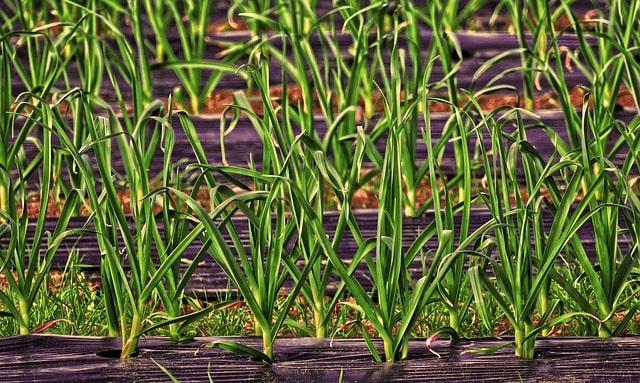
Planting leeks in May gives them ample time to develop before the colder months arrive. They require rich, well-drained soil and benefit from deep planting; burying the seedlings can create a long, tender white shaft. Water consistently to ensure their growth remains vigorous, as leeks prefer moist conditions. They are relatively pest-resistant but can benefit from mulch to conserve moisture. Leeks can be harvested continuously throughout the growing season, allowing you to enjoy their unique flavor in a variety of dishes.
Garlic
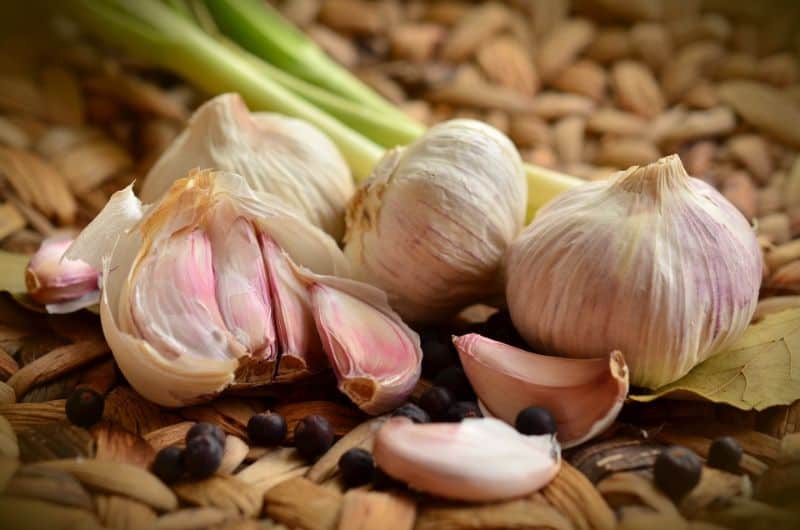
While most garlic is typically planted in the fall, if you have some unused seed garlic, you could try planting it in May. You’ll want to keep it well-mulched and watered for optimal growth. Garlic loves well-drained, nutrient-rich soil, and while it may not yield as robustly as fall-planted garlic, it can still offer a rewarding albeit smaller harvest in late summer. Be sure to watch for pests like onion maggots and control them with good garden hygiene.
Shallots
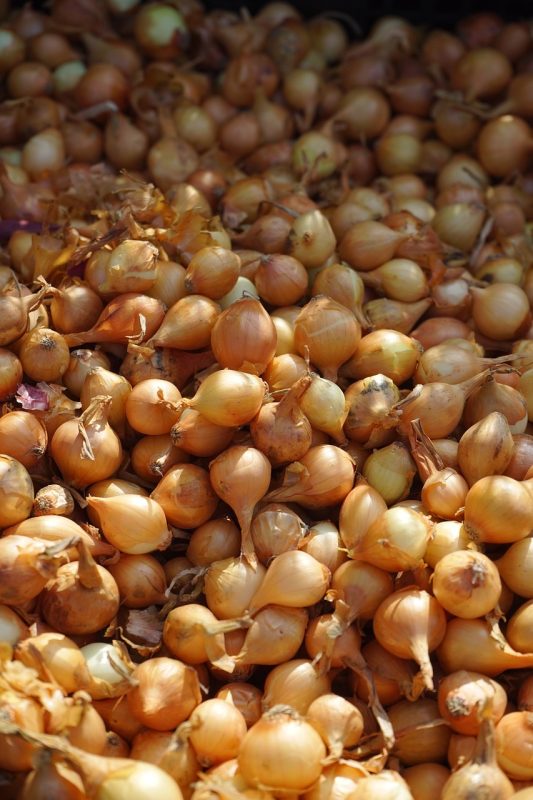
Like garlic, shallots can also be planted in May. These aromatic delights add a subtle, sweet flavor to dishes. Plant shallots in well-drained, rich soil, ensuring they are spaced adequately to promote uniform growth. Water them consistently, as shallots thrive in moist environments. Harvesting takes place when the tops begin to die back, generally late summer. These bulbs are versatile in the kitchen and can significantly enhance the flavor profile of any meal.
Herbs
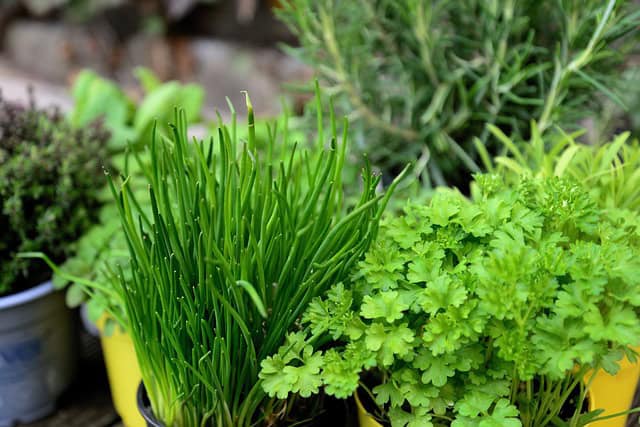
Many herbs can be planted in May. Basil, cilantro, and dill are excellent options to consider. Each herb has its preferences regarding sunlight and watering. Basil loves warmth and full sun and is particularly vulnerable to frost, so ensure that temperatures have warmed sufficiently before planting. Cilantro prefers cooler temperatures for optimal germination, while dill can enjoy both cool and warm weather. Harvest herbs throughout the season to encourage continuous growth. Fresh herbs can transform meals into culinary masterpieces with their flavors.
Asparagus
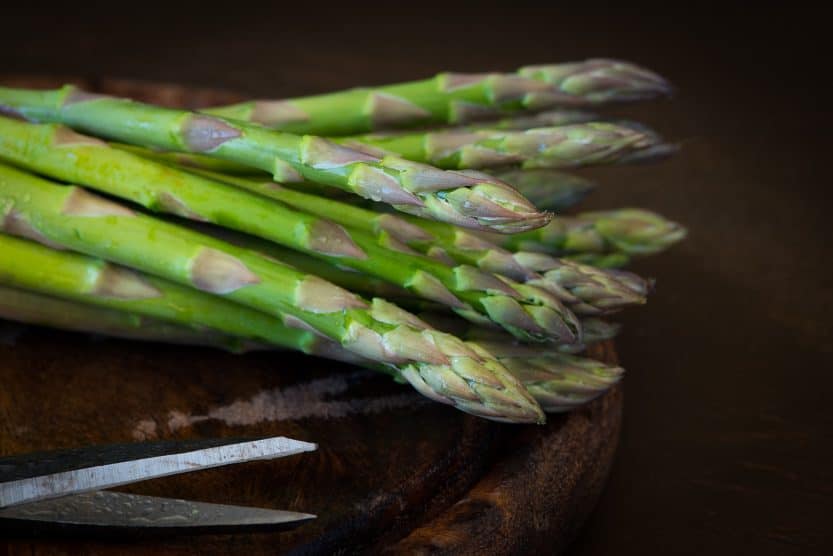
Although not a “quick” vegetable, May is a great time to begin planting asparagus crowns. This perennial vegetable requires well-drained soil and lots of sun. When planting, ensure you create a trench and bury the crowns under a few inches of soil. It may take a couple of years to yield a substantial harvest, but once established, asparagus can produce for a decade or more. To maintain healthy plants, regular watering and weed control are essential. Harvesting should only happen in the spring to ensure you don’t overharvest too early.
Kohlrabi
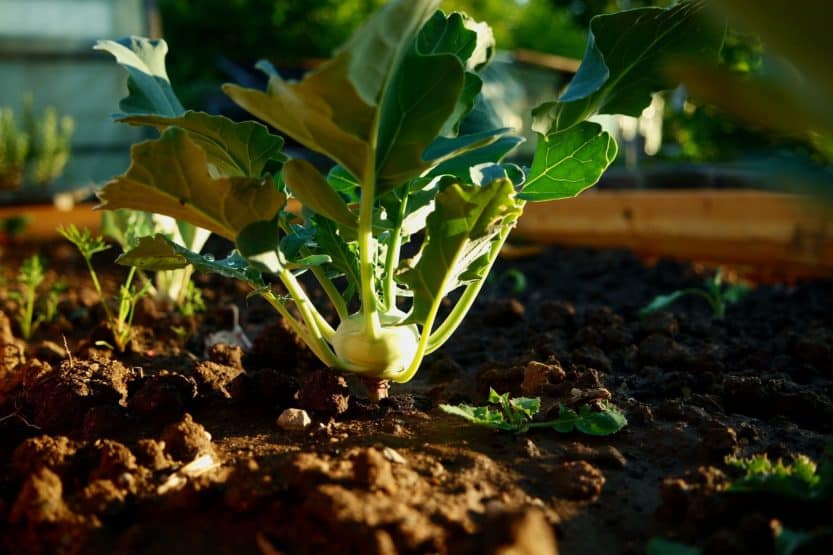
This unique vegetable, known for its bulb-like stem, is fun to grow and can be directly seeded in May. Kohlrabi grows quickly and has a sweet, crispy texture. Plant seeds in rich, moist soil, and thin them out to promote healthy growth. Regular watering is necessary to keep the soil moist, as kohlrabi enjoys consistent hydration. When harvesting, pick the bulbs while they are still small (around 3-4 inches) for the best flavor and tenderness. It can be enjoyed raw in salads or cooked like any other vegetable.
Arugula
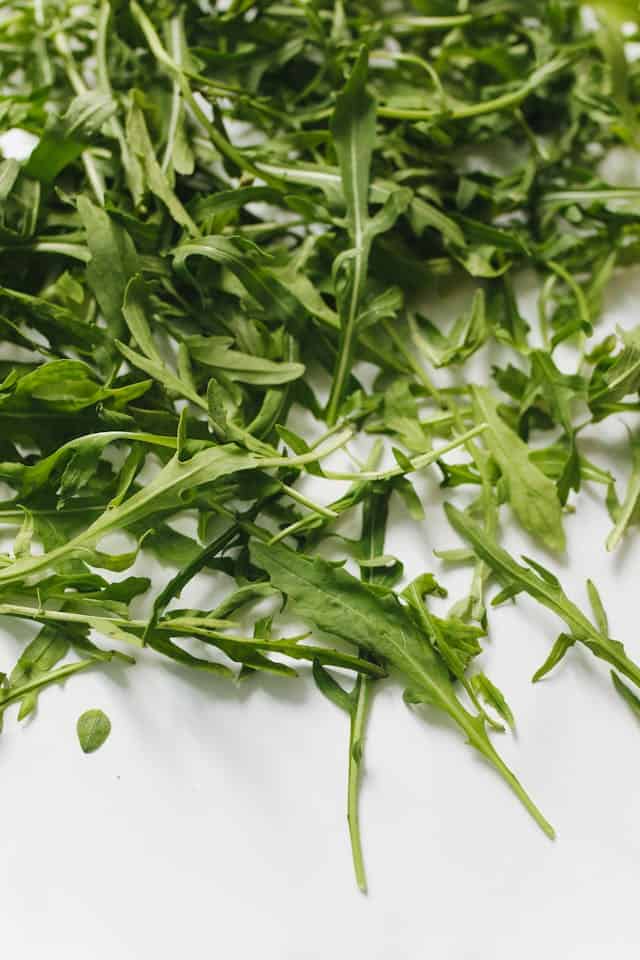
If you’re looking for a fast-growing leafy green, arugula is your friend. It thrives in the cooler early summer temperatures and offers a spicy kick to salads and dishes. Direct seed arugula in well-drained soil, and it will germinate quickly. You can begin harvesting the outer leaves around 4 weeks after planting, encouraging new growth. Arugula grows well interplanted with slower crops, making it ideal for maximizing space. Keep in mind that too much heat can cause arugula to bolt (flower quickly), so be mindful of temperature fluctuations.
Mustard Greens
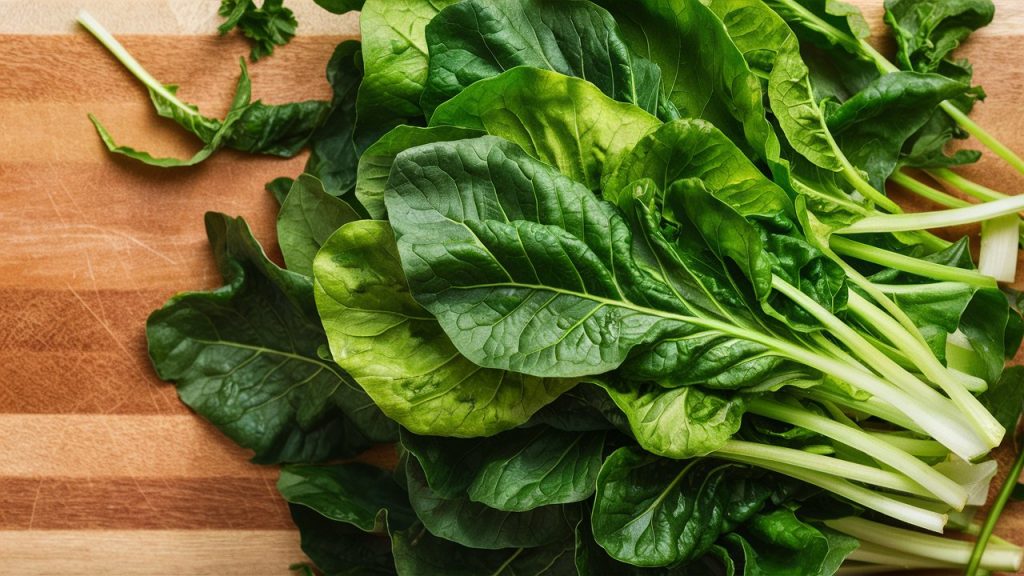
These greens are easy to grow and provide a delightful peppery flavor to salad mixes. Mustard greens thrive in cooler temperatures, making May planting ideal. Direct sow them in loamy, well-drained soil and water regularly. Varieties vary in flavor and texture; some are mild while others are fairly peppery. Mustard can also benefit from quick growth cycles, allowing you to enjoy multiple harvests through the season. You can eat them raw or sauté them, and they pair beautifully with balsamic vinaigrette or stir-fried dishes.
Pak Choi
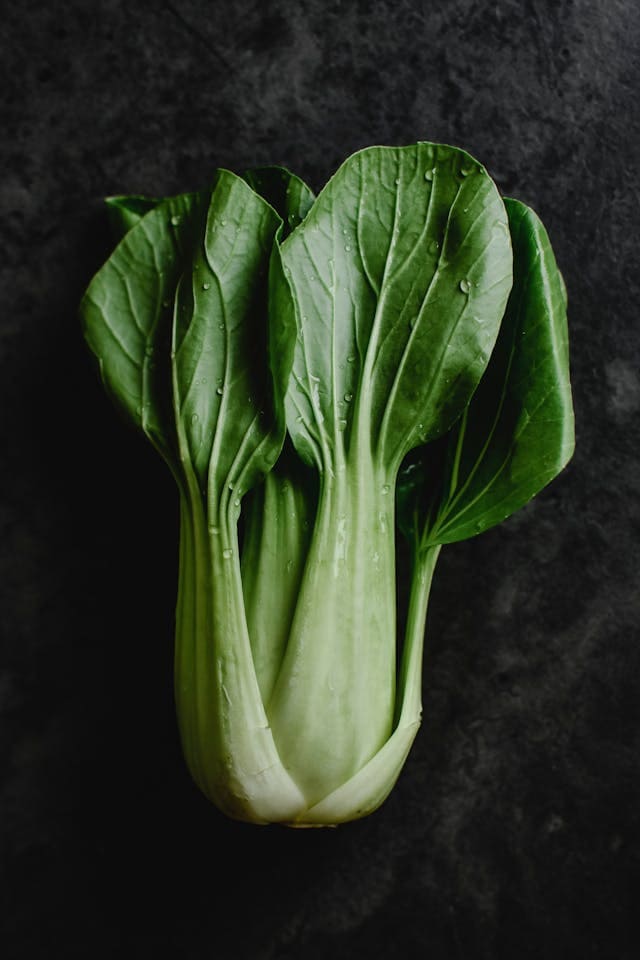
Pak choi, or bok choy, is a fast-growing Asian green that flourishes in the spring. It prefers well-drained soil and consistent moisture to grow properly. For optimal growth, plant seeds directly in the garden with space between them for airflow. Pak choi is versatile in the kitchen, often used in stir-fries, soups, or salads. Be cautious of pests like aphids and whiteflies, and consider using row covers to protect young seedlings. You can enjoy the tender stalks and leaves in various culinary applications.
Peas
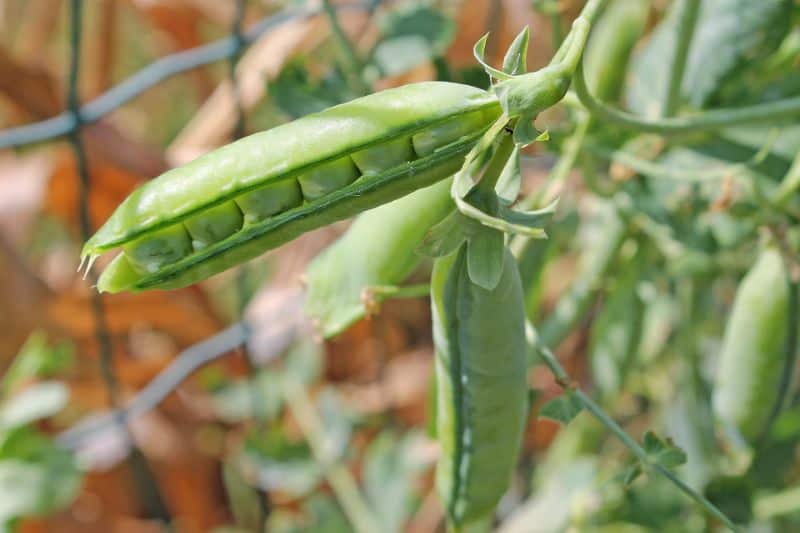
While earlier varieties of peas should have been planted in March or April, you can still plant late varieties like sugar snap or snow peas in May for a late spring or early summer treat. Peas thrive in cooler weather and prefer well-drained, fertile soil. If the weather is particularly warm, consider providing them with partial shade to prevent wilting. Use trellises for support as they grow; regular harvesting will encourage more pod development throughout the season.
Chili Peppers
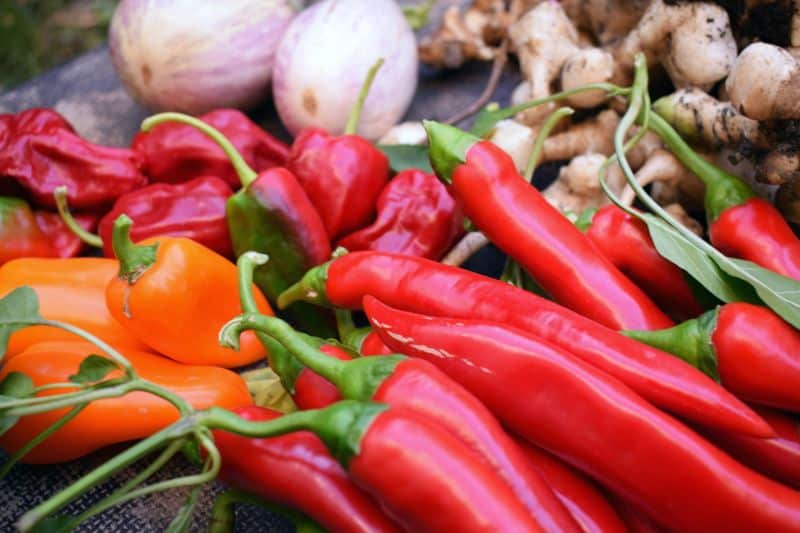
If you love some heat in your dishes, now is the time to plant chili peppers. Choose your favorite hot varieties, from jalapeños to habaneros, for a spicy summer. They thrive in warm weather and well-drained soil. Make sure to water consistently while avoiding letting the soil become overly saturated. Chili peppers can be harvested as they mature, and you may opt to dry them for later use. Companion planting with tomatoes or basil can help protect against pests and improve growth, enhancing your pepper harvest.
Melons
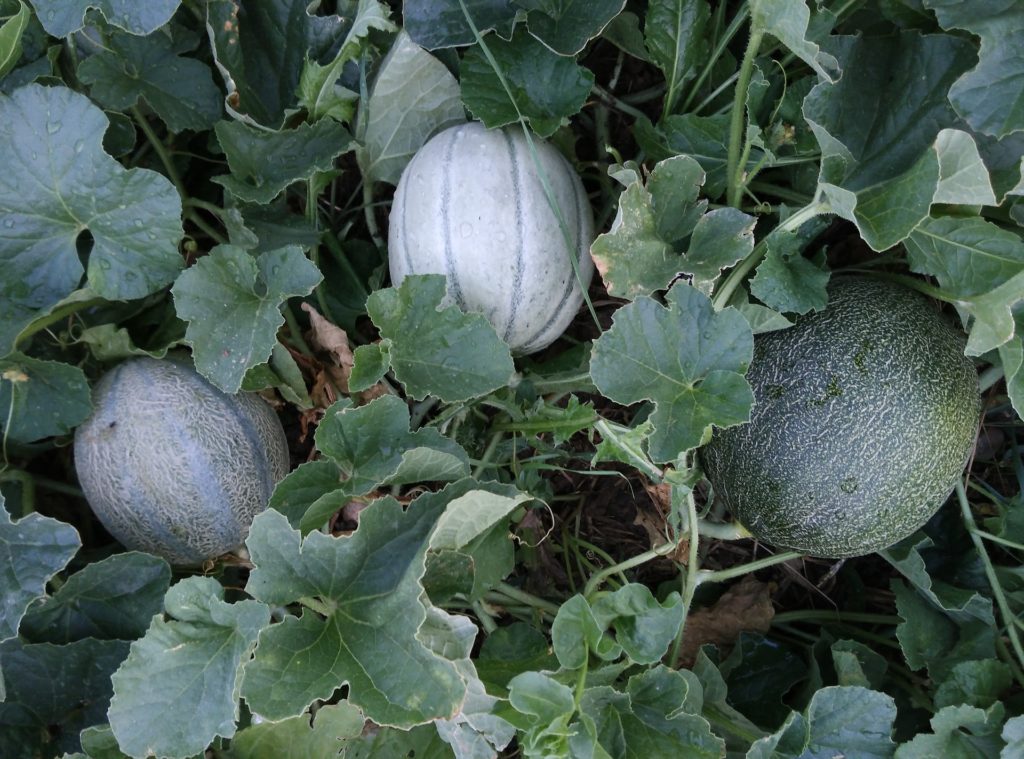
Cantaloupe and watermelon can be planted in May, taking full advantage of the warm temperatures. These sweet and juicy fruits need plenty of space to grow, so ensure they are planted adequately apart in garden beds that receive full sun. Melons thrive in well-draining soil enriched with organic matter. Regular watering is essential—especially during flowering and fruit-setting—helping to maintain moisture without waterlogging. Melons can be susceptible to pests, so utilizing organic methods like diatomaceous earth can help deter them.
Final Thoughts
May is a vibrant month in Zone 7, beckoning gardeners to dive into planting with its warm soil and extended daylight hours. Each of the 34 vegetables highlighted in this post holds the promise of a rewarding harvest, whether it be for fresh salads, savory dishes, or culinary experiments. Make sure to consider factors such as soil quality, spacing, and companion planting to maximize your garden’s yield this season. As you set your hands in the earth and nurture these plants, you’ll foster not just vegetables, but a space for growth, learning, and connection with nature.


